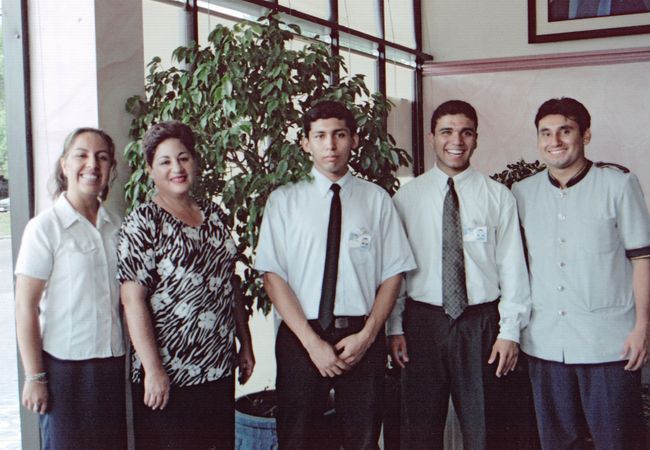
Meet our friends from our hotel, Continental Park, in Santa Cruz, Bolivia
Kattie, Miriam, Miguel, Diego and Jorge
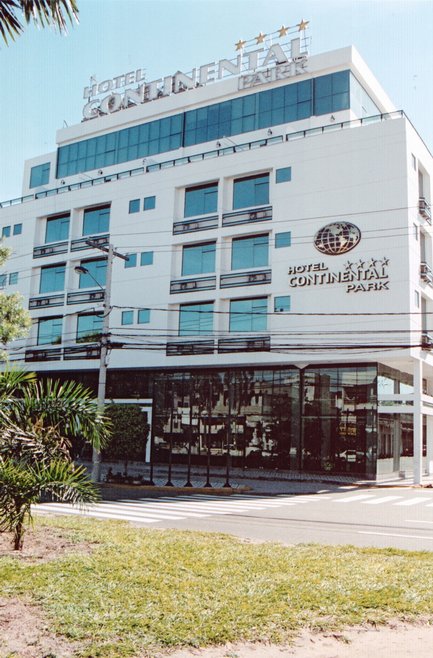
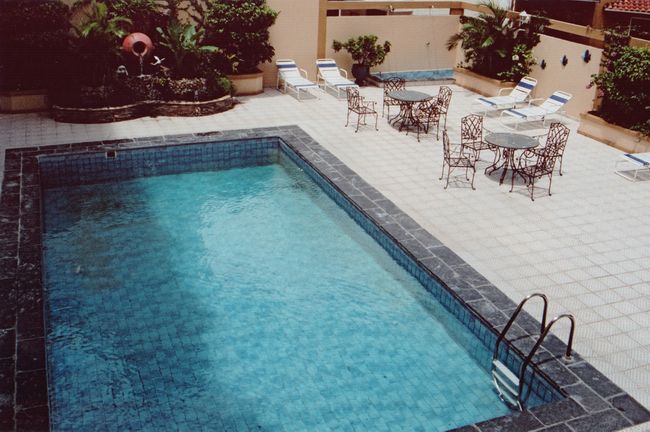
The pool and courtyard, as seen looking out of our hotel room
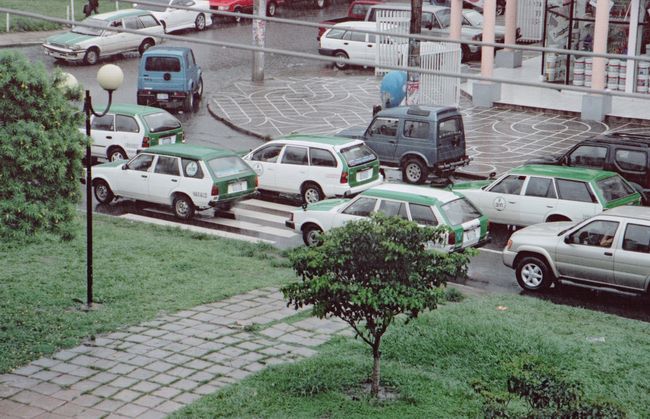
A typical look at the streets of Santa Cruz
The green and white cars ( taxi's) greatly outnumber the local vehicles
A ride across the city in a taxi is really inexpensive.
(approx. 8-10 bolivianos, roughly $1 US)
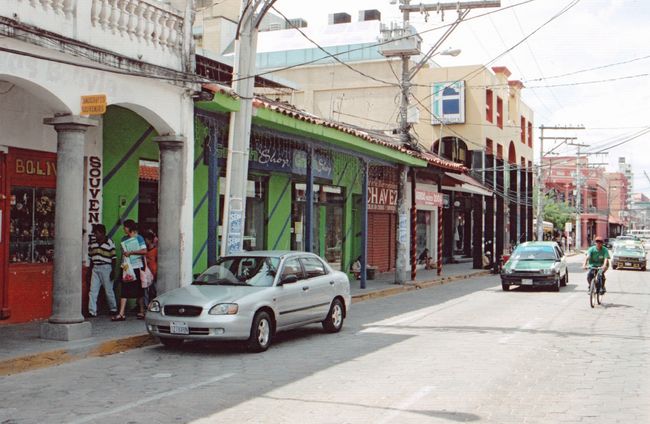
Colorful shops and street vendors line the streets of Santa Cruz
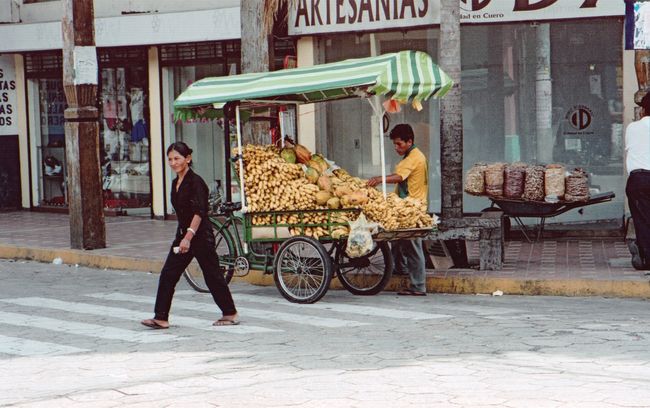
Variations on the banana - platanos (plantains) and guineos
(finger bananas) are available practically everywhere
Stacked on top are melon sized papayas and behind,
a wheelbarrow full of packaged nuts.
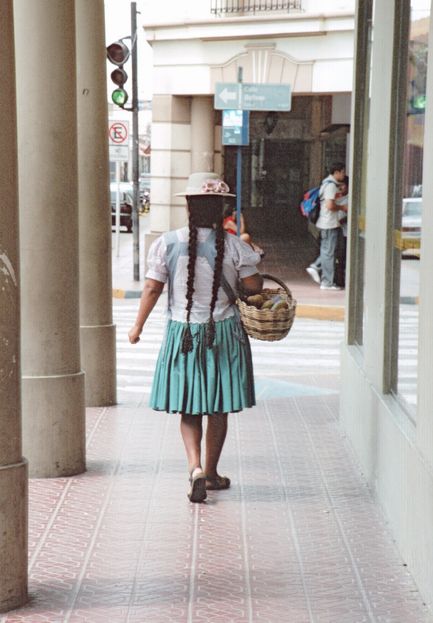
A walking fast food market ...
Women and children are often seen, all over the city,
carrying baskets full of an assortment of quick food and snacks
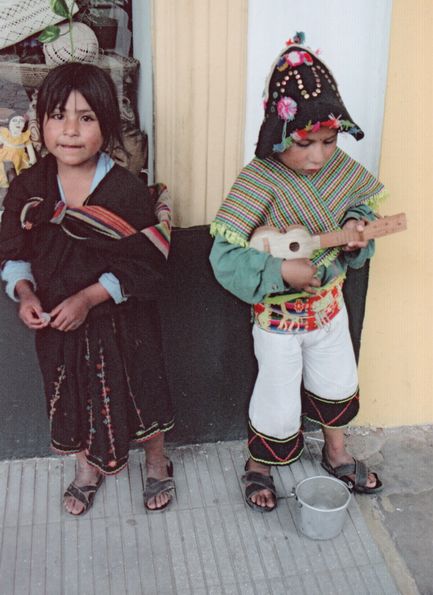
These children are likely from the altiplano (the high plateau that separates the two Andean mountain ranges of Bolivia).
With an average elevation of 12,000 feet above sea level, the altiplano is one of the highest inhabited areas in the world,
a distinction that has earned Bolivia its nickname, "the rooftop of the world". Despite its altitude and lack of fertile farmland,
the altiplano is the most populated region of Bolivia and home to three ancient Indian cultures: the Tiahuanaco, the Inca
and the Aymara. The standard of living of most Bolivians is low and on the plains of the altiplano,
housing, nutrition, education, sanitation and hygiene standards are appalling.
Because of the difficulty and danger for men in the high plateau, many
women are either abandoned or widowed,
and they must make ends meet entirely on their own. These women and their children move to cities like Santa Cruz
and they must make ends meet entirely on their own. These women and their children move to cities like Santa Cruz
hoping
to feed themselves off donations from the locals and the
city's tourists.